Best Night Sky Events of September 2015 (Stargazing Maps)
Last Quarter Moon, September 2015
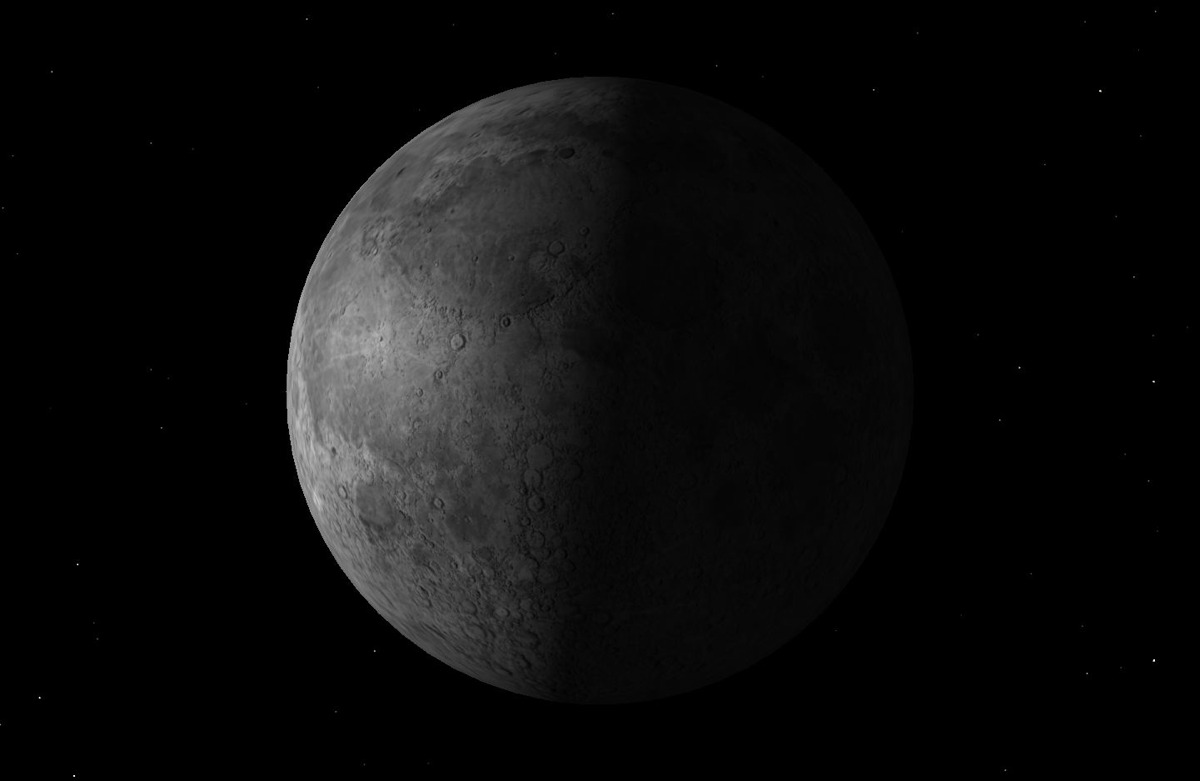
Saturday, Sept. 5, 5:54 a.m. EDT. The Last Quarter Moon rises around 11:30 p.m. and sets around 3 p.m. It is most easily seen just after sunrise in the southern sky.
New Moon, September 2015
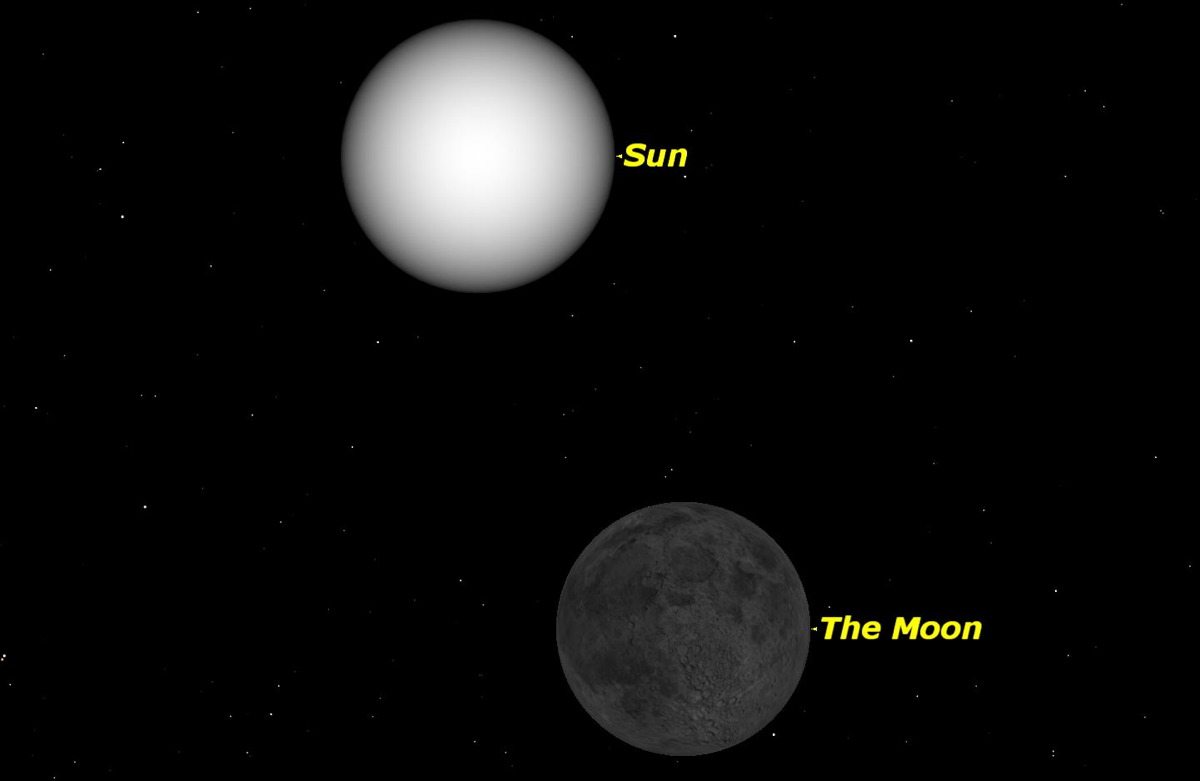
Sunday, September 13, 2:41 a.m. EDT. The moon is not visible on the date of New Moon because it is too close to the sun, but can be seen low in the east as a narrow crescent a morning or two before, just before sunrise. It is visible low in the west an evening or two after New Moon.
First Quarter Moon, September 2015
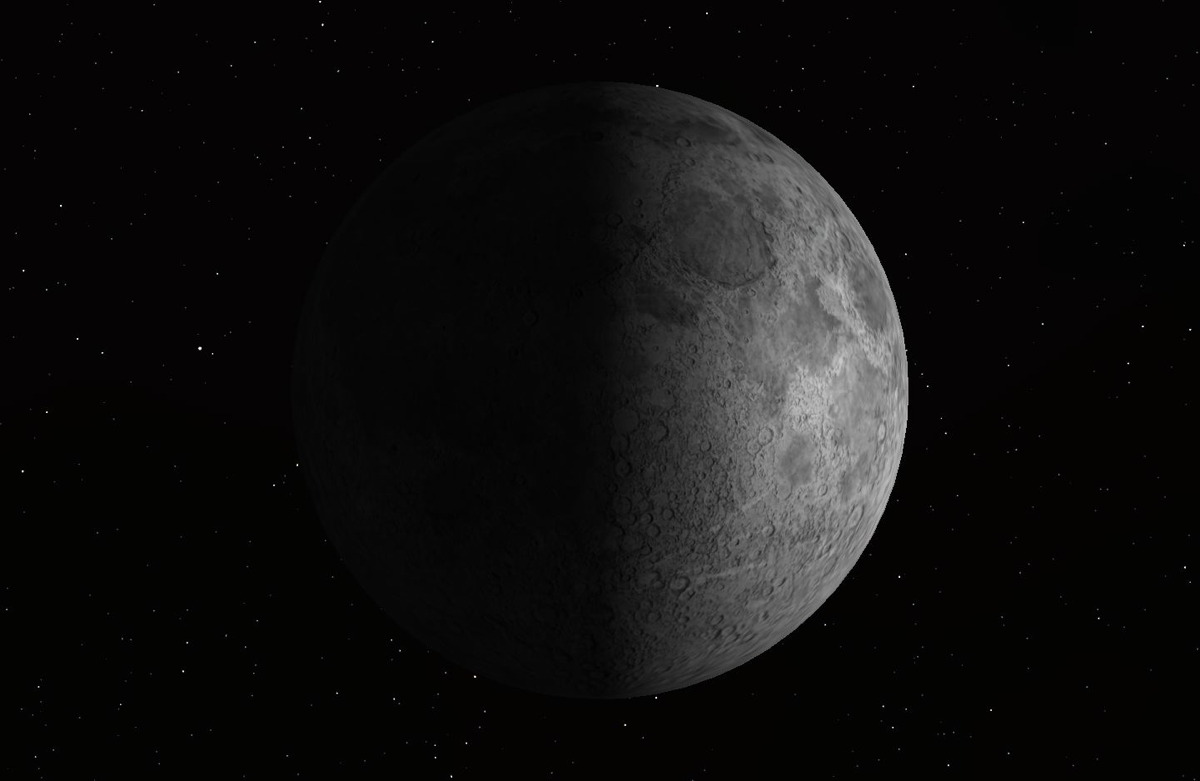
Monday, Sept. 21, 4:59 a.m. EDT. The First Quarter Moon rises around 1:30 p.m. and sets around midnight. It dominates the evening sky.
Full Moon, September 2015
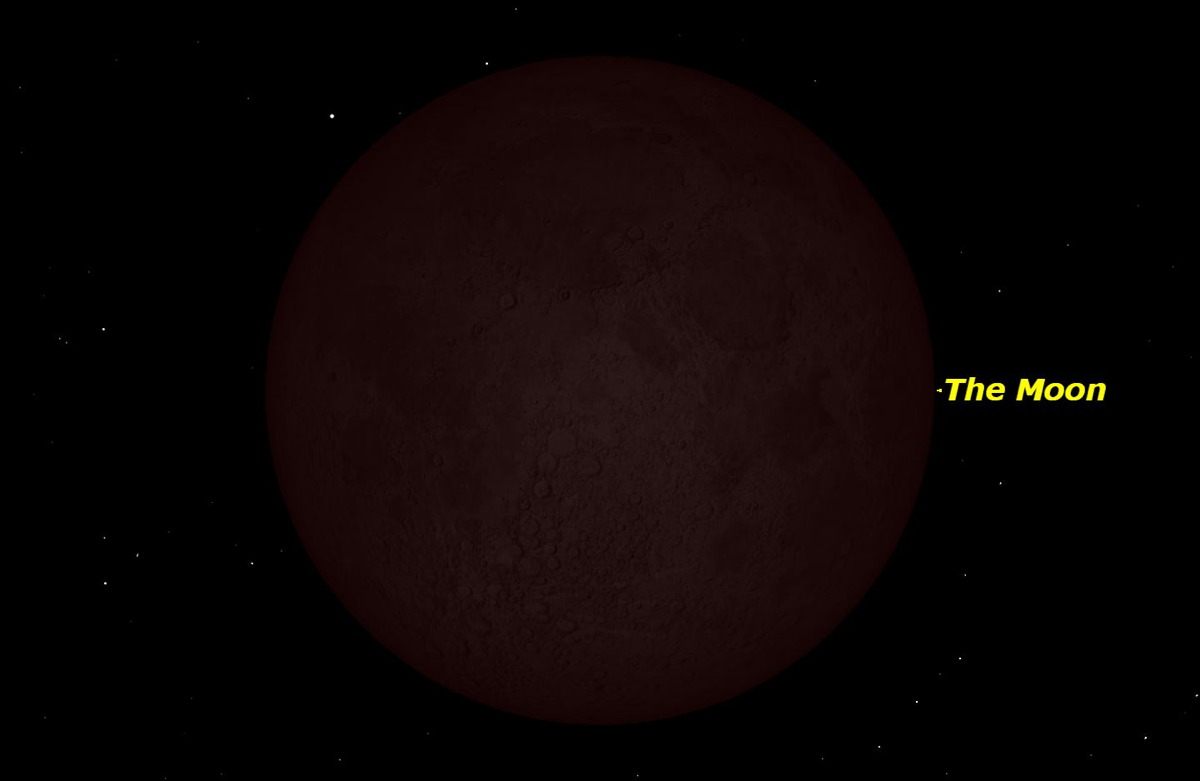
Sunday, Sept. 27, 10:51 p.m. EDT. The September Full Moon is known as the Harvest Moon or Full Corn Moon. It rises around sunset and sets around sunrise; this is the only night in the month when the moon is in the sky all night long. The rest of the month, the moon spends at least some time in the daytime sky.
Neptune at Opposition, September 2015
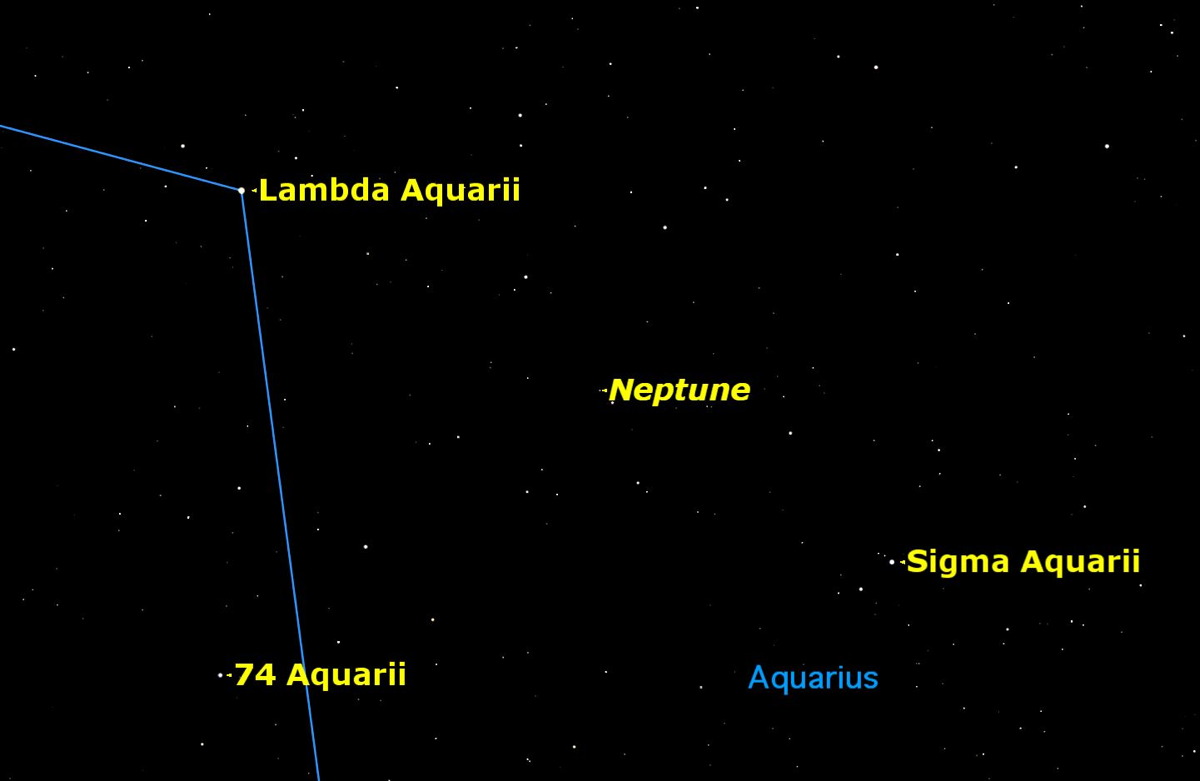
Tuesday, Sept. 1, midnight. Neptune will be directly opposite the sun in the sky, and visible all night. It is located in Aquarius but is too faint to be seen with the unaided eye. Use binoculars and a star chart from Starry Night.
Mercury at Greatest Elongation East, September 2015
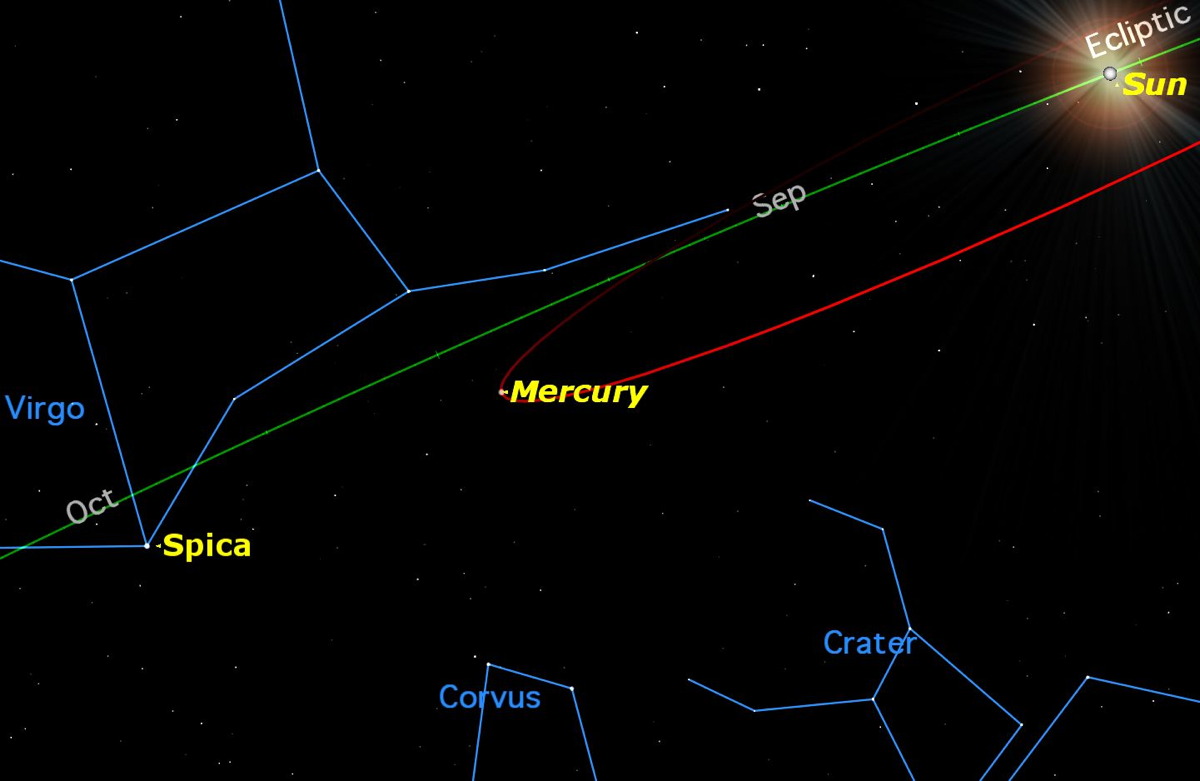
Thursday and Friday, September 3 and 4, dusk. Mercury will be well placed in the evening sky for observers in the southern hemisphere, less so for observers in the north.
Aldebaran and the Moon, September 2015
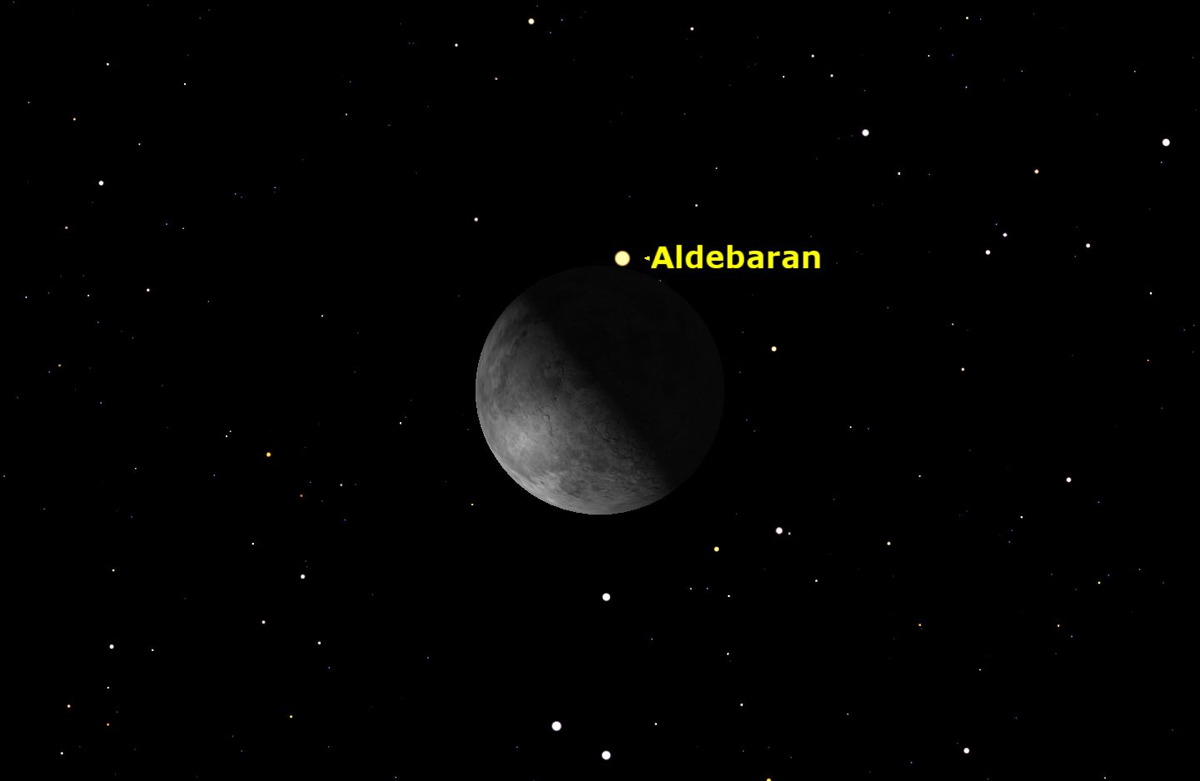
Friday/Saturday, Sept. 4/5, near midnight EDT. Observers on the eastern part of North America with low eastern horizons may be able to see the moon occult the first magnitude star Aldebaran just after moonrise (around midnight, but check for local times). Observers in Europe will see it just before sunrise on the 5th.
Get the Space.com Newsletter
Breaking space news, the latest updates on rocket launches, skywatching events and more!
Zodiacal Light, September 2015
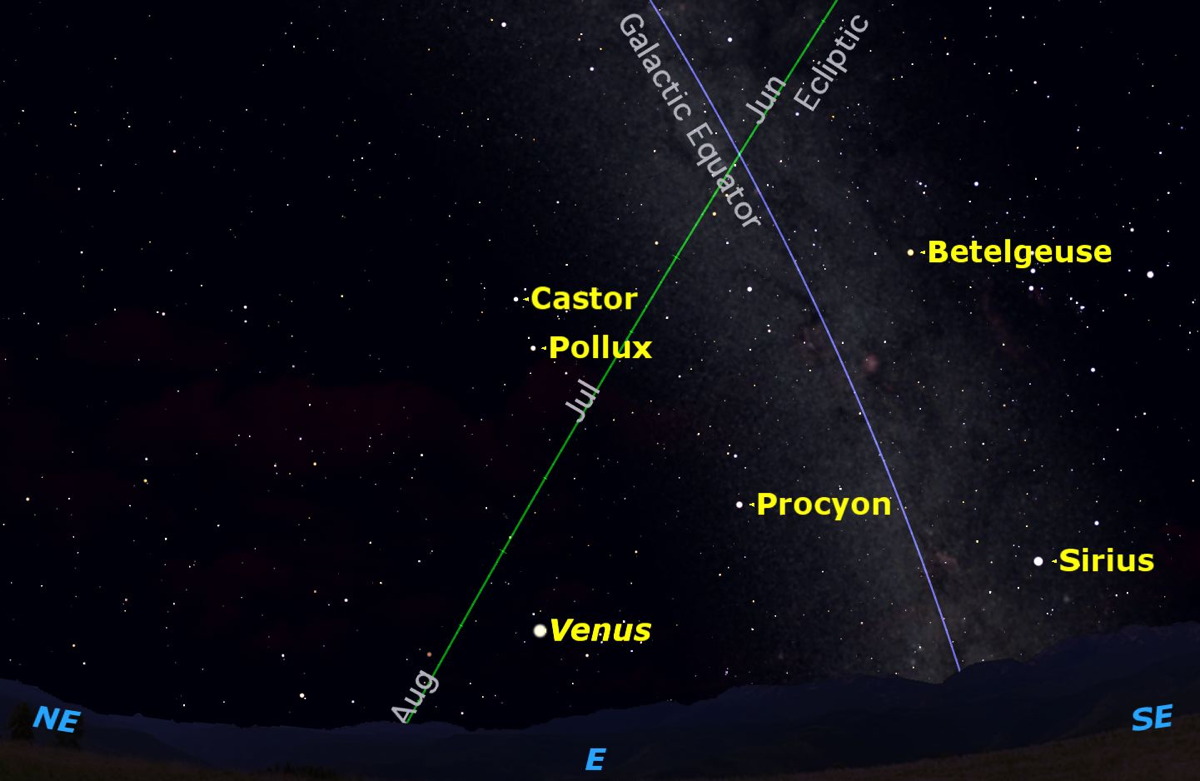
Friday, Sept. 11–Thursday, Sept. 24, before dawn. The best time in the year to see the dim glow of the zodiacal light in the pre-dawn eastern sky, the light reflected from millions of interplanetary particles. It lies along the ecliptic (shown in green).
Partial Solar Eclipse, September 2015
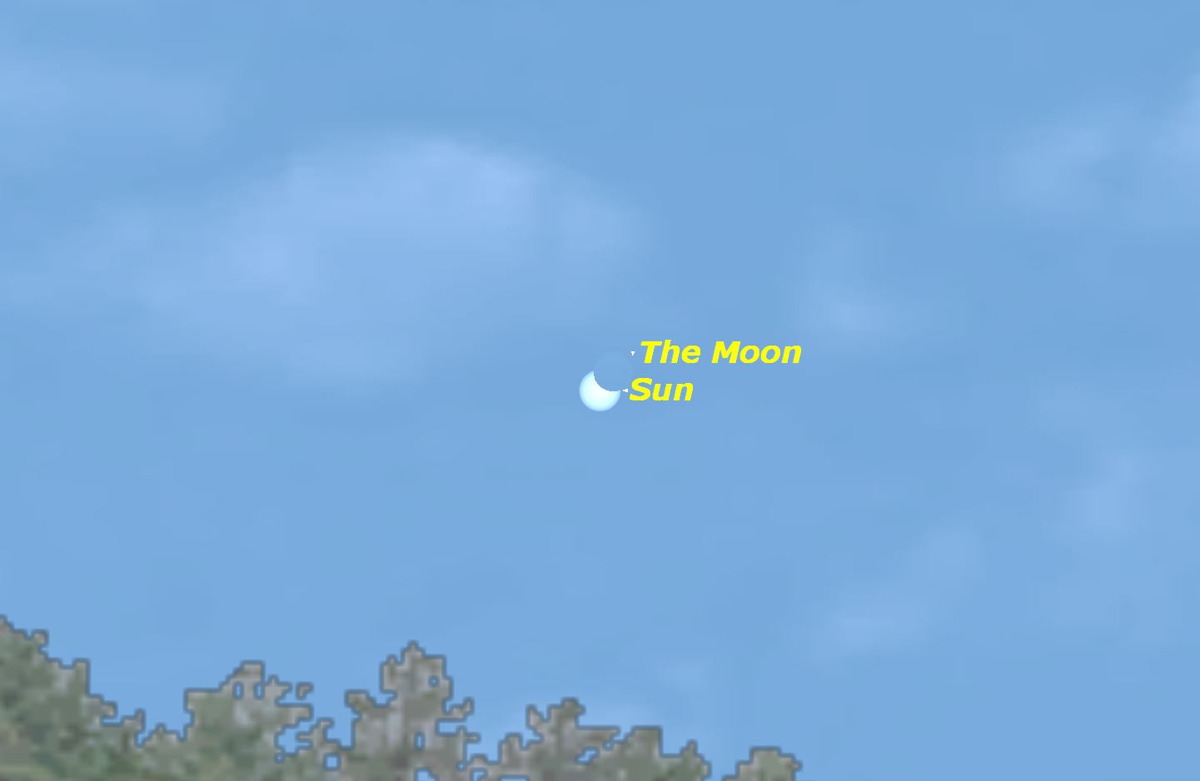
Sunday, Sept. 13. This eclipse will be visible from southern Africa, Antarctica, and the oceans in between. Seen here is the maximum eclipse in Cape Town, South Africa.
Equinox, September 2015
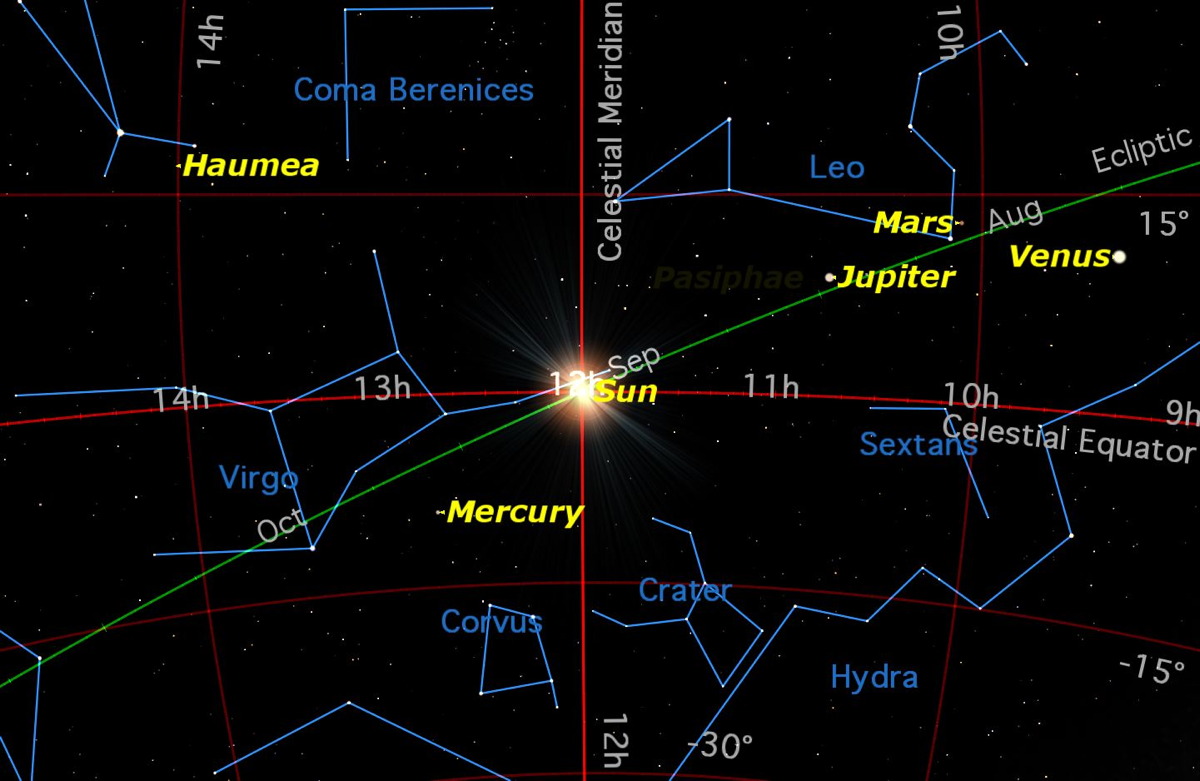
Wednesday, Sept. 23, 4:21 a.m. EDT. The sun crosses the celestial equator moving southward, causing the days to grow shorter in the northern hemisphere and longer in the southern hemisphere.
Lunar Trio, September 2015
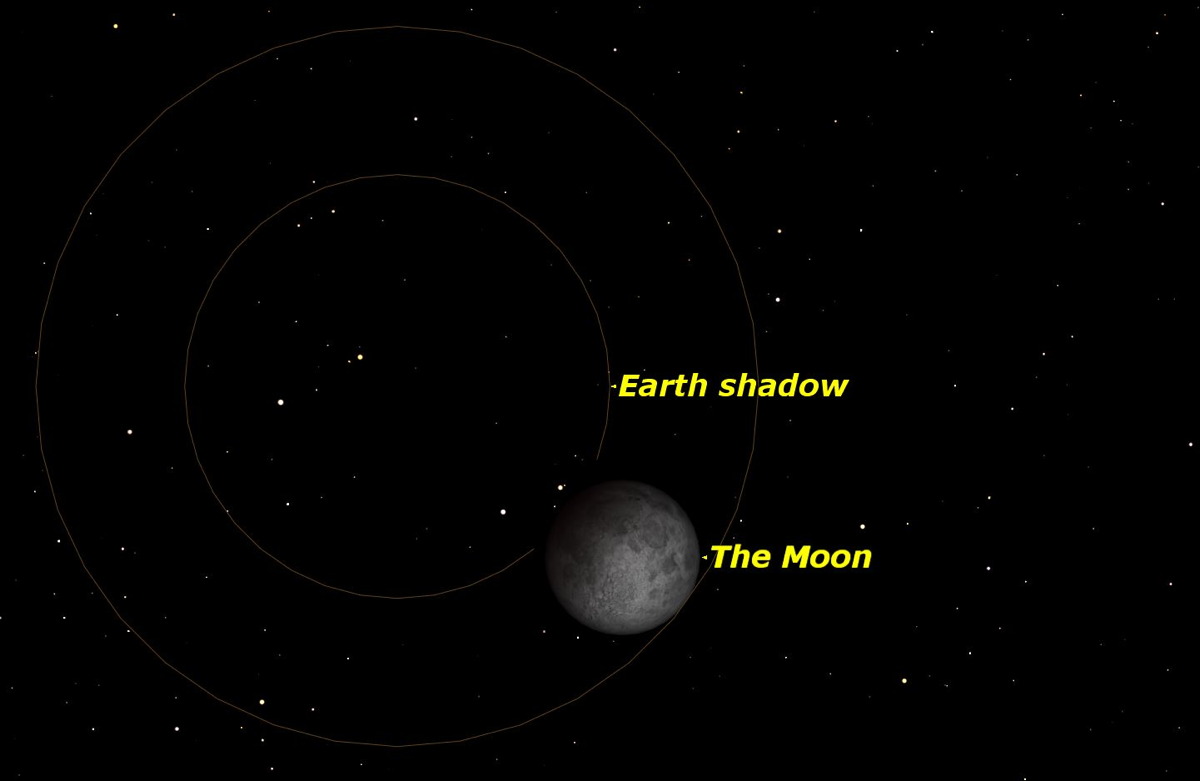
Sunday, Sept. 27, evening. There will be a triple treat for observers in eastern North America as sun, Earth, and moon align: a total lunar eclipse, the moon at its closest, and a full moon, all in one evening. At 8:12 p.m. EDT, the lunar eclipse will begin with the first faint lunar shadow creeping onto the moon. At 9:48, the moon reaches an extreme perigee, the closest it will get to Earth in all of 2015: 221,753 miles (356,877 km). Total phase of the eclipse will begin at 10:11 p.m. and mid eclipse will be at 10:47. At 10:51 it will be the instant of full moon, the largest full moon in 2015. At 11:23, the total phase of the eclipse will end, and at 1:23 a.m. the last of the Earth’s shadow will leave the moon. In western North America, the moon will already be in eclipse when the moon rises. Observers in South America, Europe, and Africa will also see most of this eclipse. The illustration shows the moon just entering the umbral shadow of Earth at 9:12 p.m. EDT.
Join our Space Forums to keep talking space on the latest missions, night sky and more! And if you have a news tip, correction or comment, let us know at: community@space.com.

Geoff Gaherty was Space.com's Night Sky columnist and in partnership with Starry Night software and a dedicated amateur astronomer who sought to share the wonders of the night sky with the world. Based in Canada, Geoff studied mathematics and physics at McGill University and earned a Ph.D. in anthropology from the University of Toronto, all while pursuing a passion for the night sky and serving as an astronomy communicator. He credited a partial solar eclipse observed in 1946 (at age 5) and his 1957 sighting of the Comet Arend-Roland as a teenager for sparking his interest in amateur astronomy. In 2008, Geoff won the Chant Medal from the Royal Astronomical Society of Canada, an award given to a Canadian amateur astronomer in recognition of their lifetime achievements. Sadly, Geoff passed away July 7, 2016 due to complications from a kidney transplant, but his legacy continues at Starry Night.








